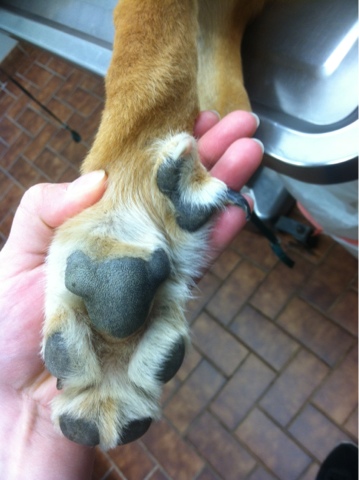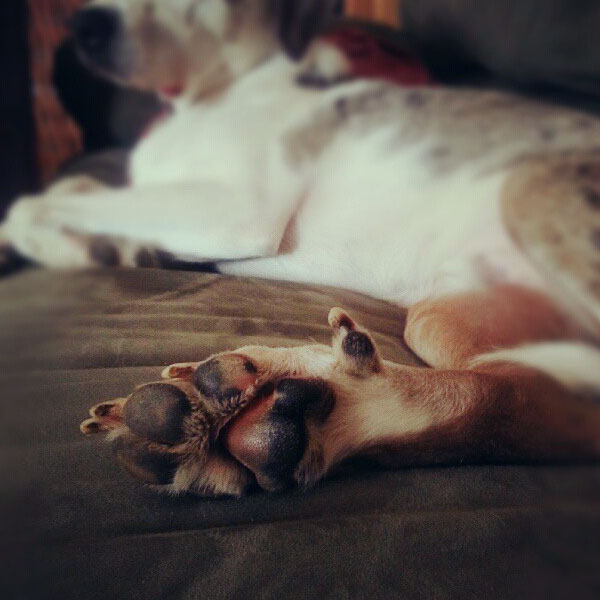

They can sometimes become cumbersome as a result of not being properly attached to the paw and this can lead to them tearing off in particular situations.įor the most part, the situation will usually be monitored to see if the dew claws consistently catch on things and removal will only be discussed if they are causing significant problems for your dog. In the vast majority of cases, the dew claws cause no problems and it is not necessary for them to be removed. It is especially important to make sure that the dew claw is growing as it should do for puppies and that it is not hindering your dog in their day-to-day life. If dew claws are allowed to get overly long, the length of the quick can make it very difficult to keep them at an appropriate length after this. There is also a chance that your dog’s foot could become torn or otherwise injured if an untrimmed dew claw gets caught on something. Inflamed toe or feet Swelling in the paw can also be a meaningful indication of a dew claw injury. If your dog is continuously licking his/her paw, it can be a sign of a dew claw injury. If they are not trimmed regularly, dew claws can become ingrown and infection can become a possibility. It usually means that the dog is feeling some discomfort (itch or pain) in that part of the body. It is particularly important for the dew claws to be kept in check as their position means that they do not usually meet the ground and are unlikely to be worn down naturally. It is thought that they helped dogs to climb trees and keep closer hold of their prey.ĭew claws need to be trimmed, just like your dog’s regular toenails should be. Dew claws had a greater purpose for our dogs’ more ancient counterparts but are far less useful for modern dogs. Some dogs will therefore use a dew claw to help them to grip objects such as bones and toys.

Do Dew Claws Have a Purpose?ĭew claws don’t necessarily have a prominent use for many dogs but they can work in a similar way to the human thumb. This extra “digit” got its name because of its location, which means that it will usually skim dew on the grass during early morning walks. It includes a toenail but is positioned higher up on the paw and does not touch the ground (unlike the toenails themselves). However, it is relatively common for particular breeds to have dew claws on both the front and back legs, such as the Great Pyrenees breed.Ī dew claw is not that dissimilar to a thumb. It’s not that uncommon for dogs to have front dew claws but it’s rarer for them to also appear on the back legs. Most dogs have what are known as “dew claws” on their front legs and sometimes on their back legs too. Many dogs have short claws on the side of their legs and if yours is one of them, you may well wondered what these are designed to do.

What are dew claws? What don’t all dogs have them?


 0 kommentar(er)
0 kommentar(er)
